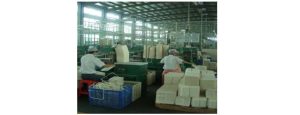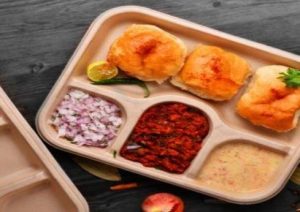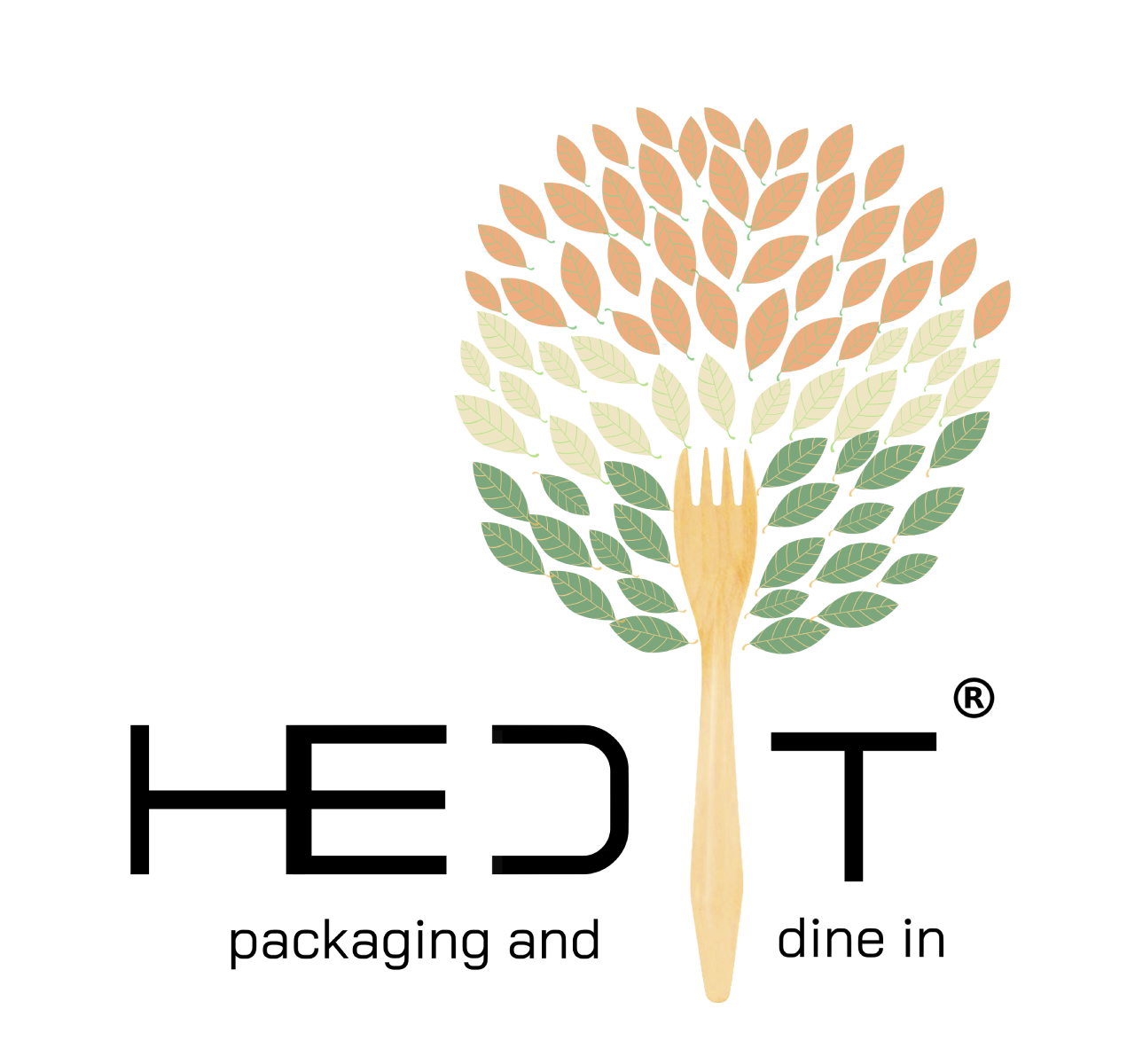
Sugar cane bagasse
Bagasse is the pulpy residue that is left over after juice is extracted from sugarcane. It is found in many different countries. It is composed primarily of Cellulose and Hemicellulose along with Lignin and small quantities of ash and waxes.
Advantages:
– They are thermal resistant and can hold hot food up to 95 degrees Celsius
– They are refrigerator safe and therefore can be used to store food until consumption
– They have insulation properties that retain heat for a longer time compared to paper and plastic containers
– Completely compostable. The rate of decomposition can vary depending on the temperature, turnover rate, and moisture
Impacts for the environment:
It’s wide range of cultivation lands makes it an affordable and easy option to exchange the use of plastics instead, for packaging.
Manufacturing process:

The bagasse material arrives at the manufacturing facility as wet pulp. The wet pulp is then converted to dry pulp board by pressing techniques and any impurities are removed. To make high quality products, dry pulp is more recommended. The dry pulp is mixed with an anti-oil and anti-water agent. The next step is to use the molding machines into the shape of a bowl or plate etc.

Source: https://transitions2earth.com/blogs/news/from-sugarcane-to-sustainable-serve-ware

